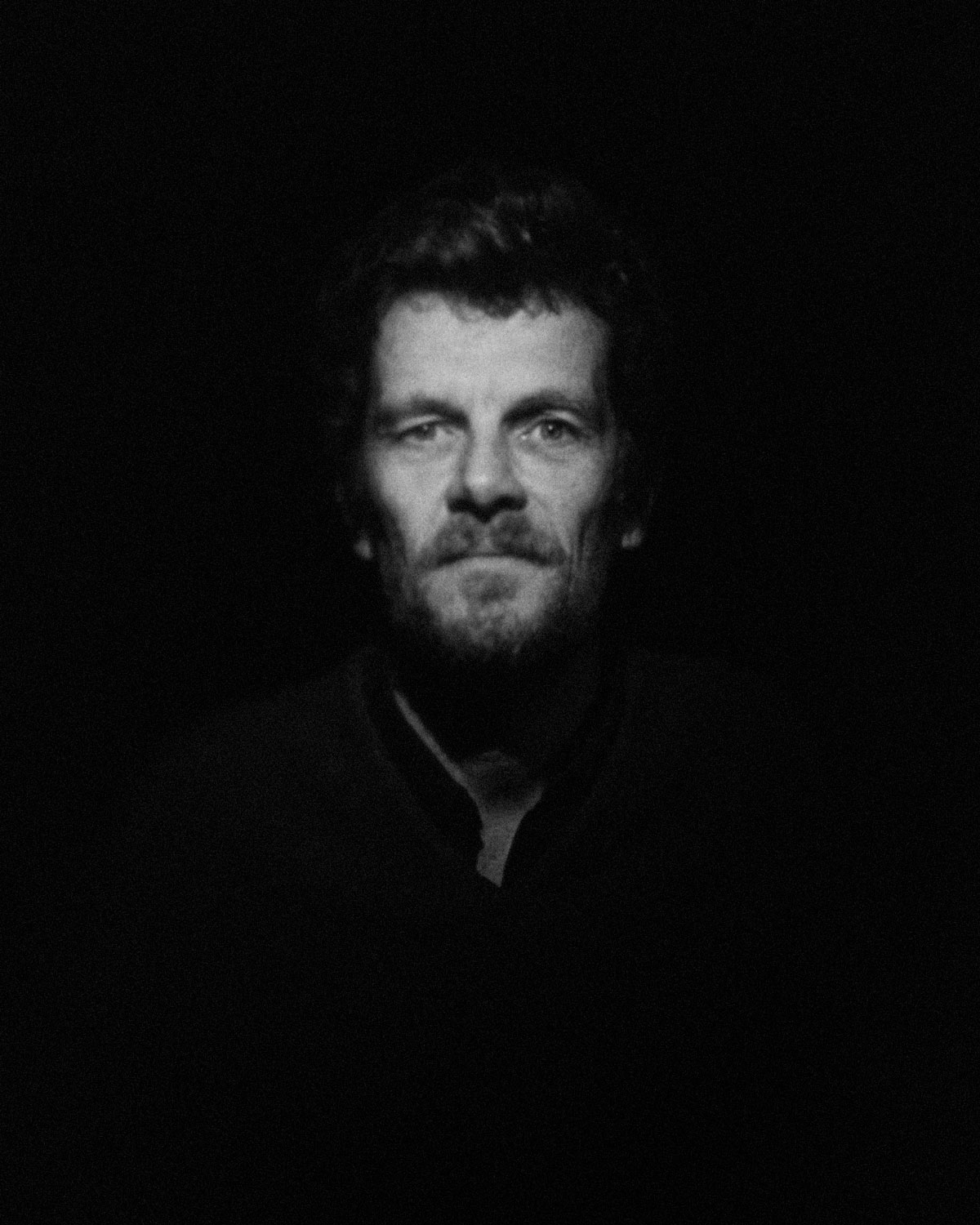GRÉGOIRE ELOY
Born in 1971, Grégoire Eloy has been documentary photographer since 2003. For 10 years, he travelled in Eastern Europe and Central Asia countries for his long-term projects on the Soviet legacy and the wars in South Caucasus, such as Les Oubliés du Pipeline (2006) and Ressac (2008 – 2013). In 2010, he collaborated with the scientific community on a trilogy on the science of matter, which has been a subject of a series of monographic books including A Black Matter (Journal 2012) and The Fault (RVB Books, 2017). The latest instalment, on glaciology, is in progress. Since 2015, he has been interested in our relationship to environment and wild during immersive residences in the wild (Guernsey Photography Festival 2018 and Tbilisi Photo Festival 2020 residence). Grégorie Eloy was awarded the Bourse du Talent Reportage in 2004. In June 2021, he was awarded the famous Prix Nièpce Gens d’images. He has been a member of the Tendance Floue collective since 2016.
He lives in Paris.
THEME(S) : Material and glaciology sciences
Ossoue
Study of a glacier, scales and way of representation
The melting of the ice-cap is ineluctable,that is a fact. In the Pyrenees, even more than elsewhere, nothing can slow down or reverse the trend. The glaciers will disappear. What is less clear is the power of fascination that glaciers exert on us. We feel a strange sense of awe, wonder and familiarity when we see them. They seem to tell us something about ourselves, about our origins, like a distorting mirror. Glaciologists follow their decline until they eventually remove the beacons, the instruments, and turn to other massifs, higher, probably more protected.
The Ossoue glacier, one of the main glaciers in the Pyrenees, is no exception. Its disappearance is scheduled for the middle of this century. Set at an altitude of 3000m between the peaks of the Vignemale massif, a geological curiosity surrounded by vertiginous parapets above Spain, this glacier has attracted and fascinated explorers, photographers and authors since the invention of Pyreneanism, a contemplative and sensitive practice of mountaineering.
I wanted to pay homage to the soon-to-be-disappeared glacier by adopting the approach of a glaciologist. I immersed myself in the archives of the Museum of Natural History in Toulouse to follow in the footsteps of Eugène Trutat, a Pyrenean pioneer of mountain photography who took the first photos of the glacier in the 19th century.
I accompanied Pierre René and the volunteers of the Moraine Glaciology Association, for the measurements of the glacier’s evolution; I followed Simon Gascoin, CNRS researcher, nivologist at CESBIO/OMP – Centre d’études spatiales de la biosphère/Observatoire Midi-Pyrénées (CNRS/UPS/CNES/IRD) and Etienne Berthier, CNRS researcher, glaciologist at LEGOS/OMP – Laboratoire d’études en géophysique et océanographie spatiales/Observatoire Midi-Pyrénées (CNRS/UPS/CNES/IRD), who are specialised in stereoscopic satellite image processing.
Historical and satellite photography, silver prints of the landscape, I have tried to place myself at all levels of time and space, an approach that allows glaciologists to reconstruct the history and predict the future of glaciers.
Eugène Trutat, Pierre René, Simon Gascoin, Etienne Berthier will not have saved the Ossoue glacier but they will have taken care of it, they will have known it.

